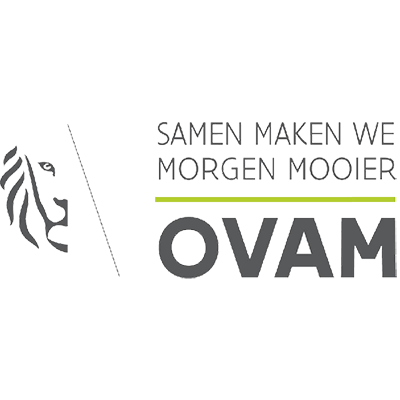Potential for circularity in diapers and other absorbent hygiene products
For Flemish waste management organisation OVAM, PRé researched the potential for circularity and recycling of diapers and other absorbent hygiene products (AHP), a huge part of the household waste stream.
About
Any parent, nursery worker or hospital or care facility employee can tell you the shocking amount of waste that is generated by absorbent hygiene products such as diapers and incontinence care products. Since there are currently no good methods to recycle these products, they end up in the incinerator. Bringing circularity into the AHP sector, whether through reusable diapers and incontinence care products, design for recycling or innovative business models, offers great promise. To find out where the opportunities lie and which circular approach is the best fit with the sector, PRé did literature research and held interviews with key actors through the AHP supply chain.
Challenge
In Flanders, the household waste stream consists for 12% of Absorbent Hygiene Product (AHP) waste such as diapers and incontinence care products, resulting in 84 million kg of hygienic waste per year. Diapers and incontinence care products are currently not collected separately for recycling (nor in any other country), so the waste generally ends up at the incineration facilities. OVAM, the public waste management organization of Flanders, wants to help the region make the transition towards sustainable AHP materials management and a circular AHP economy.
Solution
PRé conducted a study to gain insight into the potential for circular design and circular material use in diapers and incontinence care products. The goal of the study was to identify circular strategies to reduce the environmental pressure of AHP throughout the supply chain without compromising on the quality or the functionality of the products. PRé used a combined approach of literature research and roundtable interviews in the sector.
We conducted interviews with the major actors in the AHP materials chain (from retailers to raw material producers) and organized the results of the interviews and literature review into a report. At several moments, PRé presented new insights, shared questions, doubts, critical comments and potential next steps to the working group members and OVAM to spark the next round of facilitated discussions. We identified several circular strategies and defined concrete steps for each to accelerate the transition towards a circular AHP sector
One of our conclusions was that there is a strong focus within the sector on eco-design: replacing raw materials, material efficiency, process efficiency and optimization of distribution. Some circular strategies which are more challenging, such as design for disassembly/recycling, increasing life expectancy and rethinking, and optimization of function through modular design or a service model are less applied within the sector.
Benefits
With help from PRé, OVAM and the working group members identified six interesting next steps for the transition towards a circular AHP economy.
Rethink: new business models such as reusable diapers and service models.
- Review, complement and build upon the studies which shows that reusable diapers are better for the environment. Make the study ISO compliant and publically available. Consider extending the scope of the study with various types of reusables and a service model.
- Conduct a comparative study of reusable and disposable diapers with a more holistic approach, taking into account all the environmental and societal costs and benefits associated with the diapers over their lifetimes.
Standards and legal framework: establish a legal framework and standards to stimulate circularity.
- Explore a legal framework that ensures the safety of post-consumer recyclables and allows recycled materials to enter the market.
- Explore opportunities for a more prominent place for sustainability in the public procurement policies of care facilities. Governments can play an important role in this, as care facilities are often subsidized.
Recycle: create an environment for post-consumer recycling of AHP to become mainstream.
- Make the business case for new recycling techniques. Show the quality and market value of the recycled products.
- Investigate opportunities of high-grade post-consumer recycling of superabsorbent polymer (SAP), one of the most valuable raw materials in diapers, and potential markets for it. Currently, high-grade end-of-life recycling of SAP is not yet feasible.
Contact the expert
Elsa Valencia
LCA Data Expert
